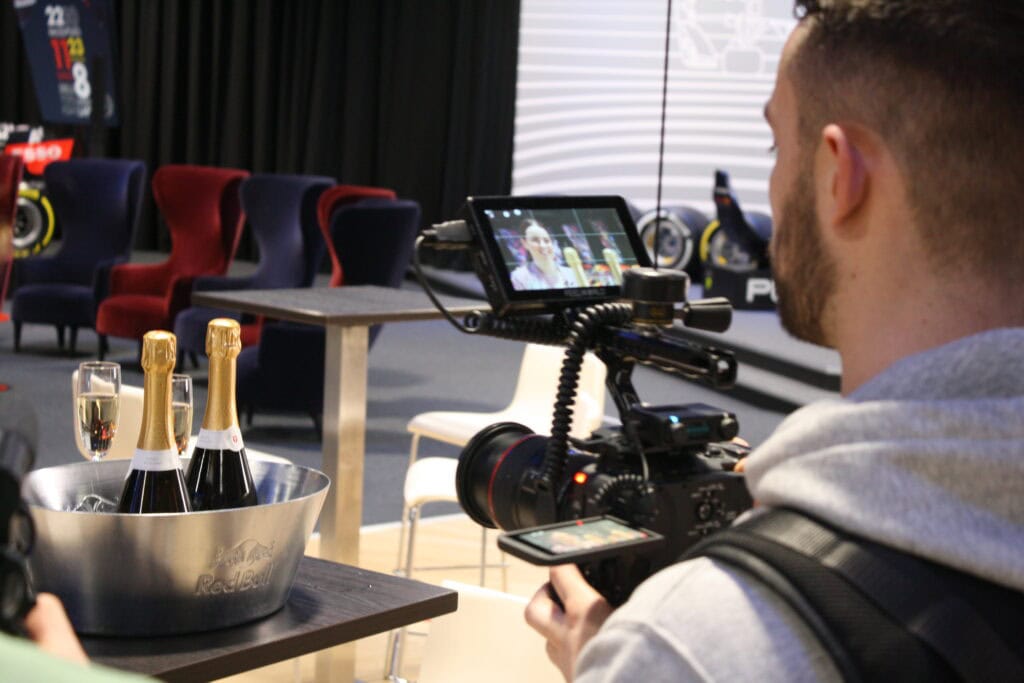
the power of feeling: empowering digital learning with emotional connection
We talk about digital learning with feeling quite a lot here at Mindboost. We’ve already covered what it is and the importance of user-centric design, but we’ve taken a deeper dive into the crucial impact connecting emotionally to the learner can have and the strategies behind it. While the digital landscape offers a vast array of educational resources and interactive tools, the importance of emotional connection is often underestimated. Connecting emotionally with users can be a game-changer, empowering learners in their roles and transforming their learning journey from mundane to remarkable.
empowerment through emotional connection
As humans, we are not simply data processors; our emotions play a fundamental role in how we learn and retain information. When digital learning taps into the emotional aspect, it creates a more profound connection between the user and the content. When learners feel engaged, inspired, and connected to the material, they become active participants in the learning process. It may sounds obvious – but organisations want their employees to love their job and digital learning is a crucial tool in creating an environment where that can happen.
Imagine a scenario where a user embarks on a digital learning journey that feels like reading a dry and uninspiring handout or powerpoint presentation. The lack of emotional connection makes it challenging for learners to relate to the content or see how it applies to their real-life situations. On the other hand, when the content is presented in an engaging, relatable, and even emotive manner with relatable content, learners are more likely to internalise the knowledge, making it relevant to their lives and empowering them in their roles.






